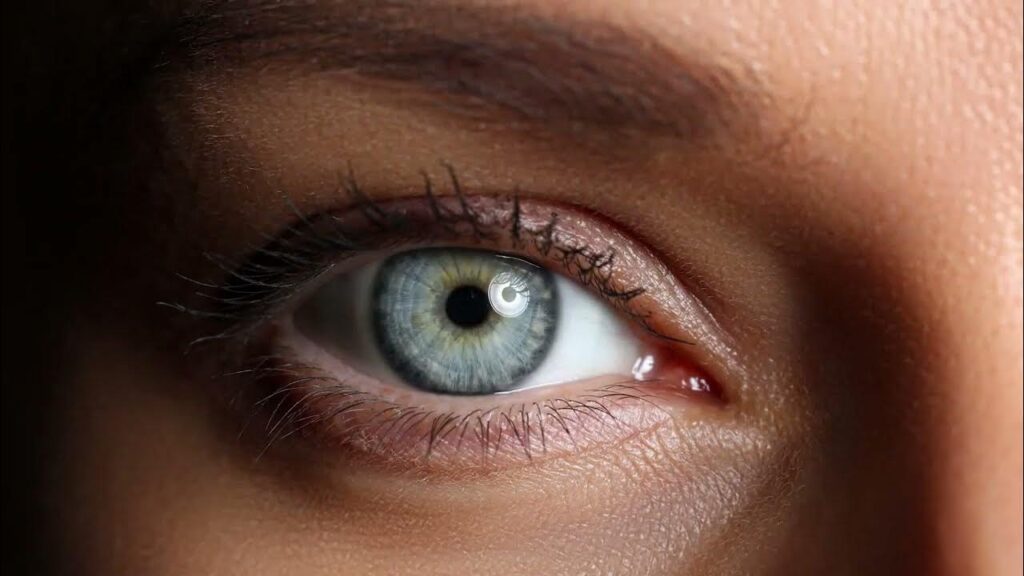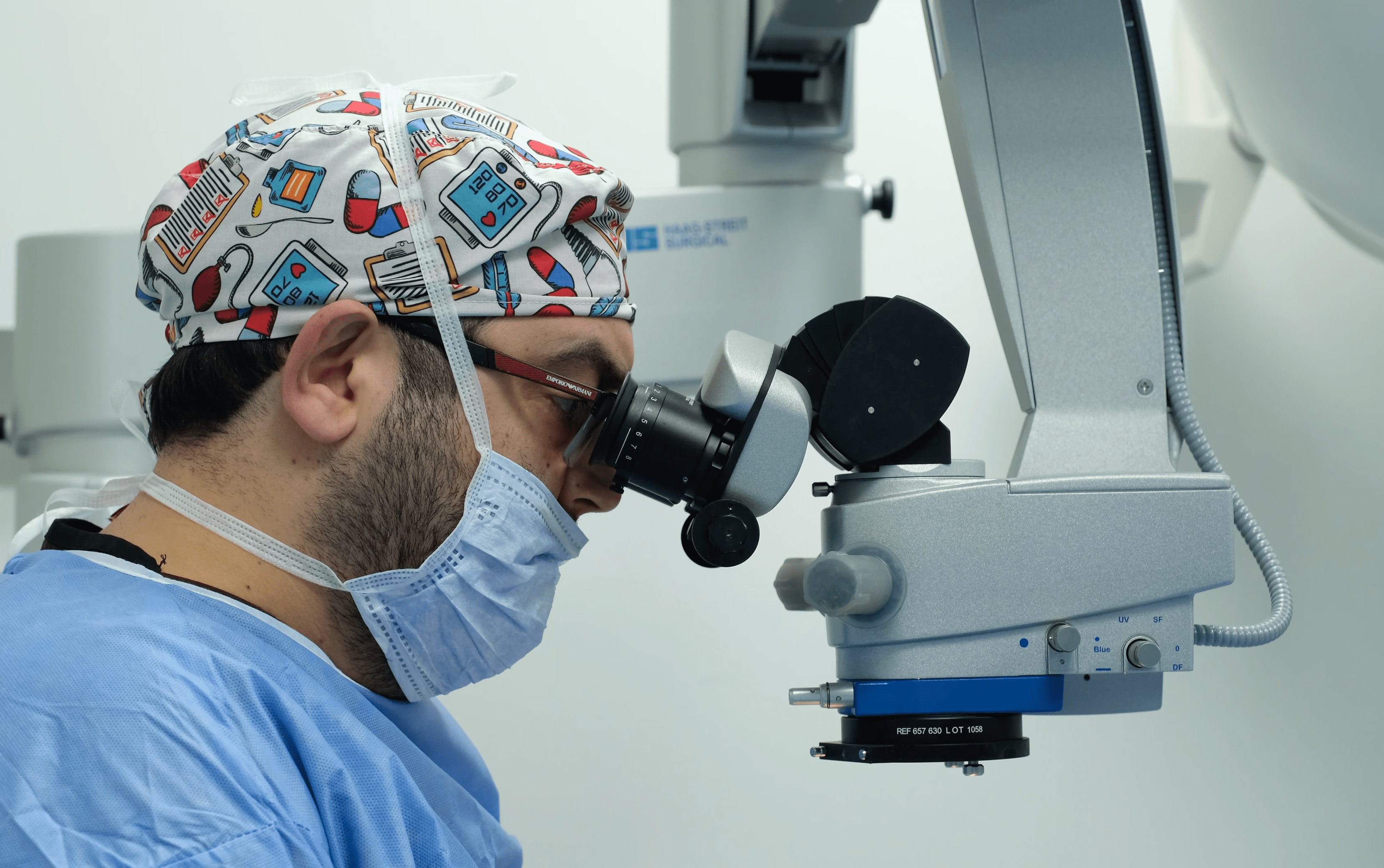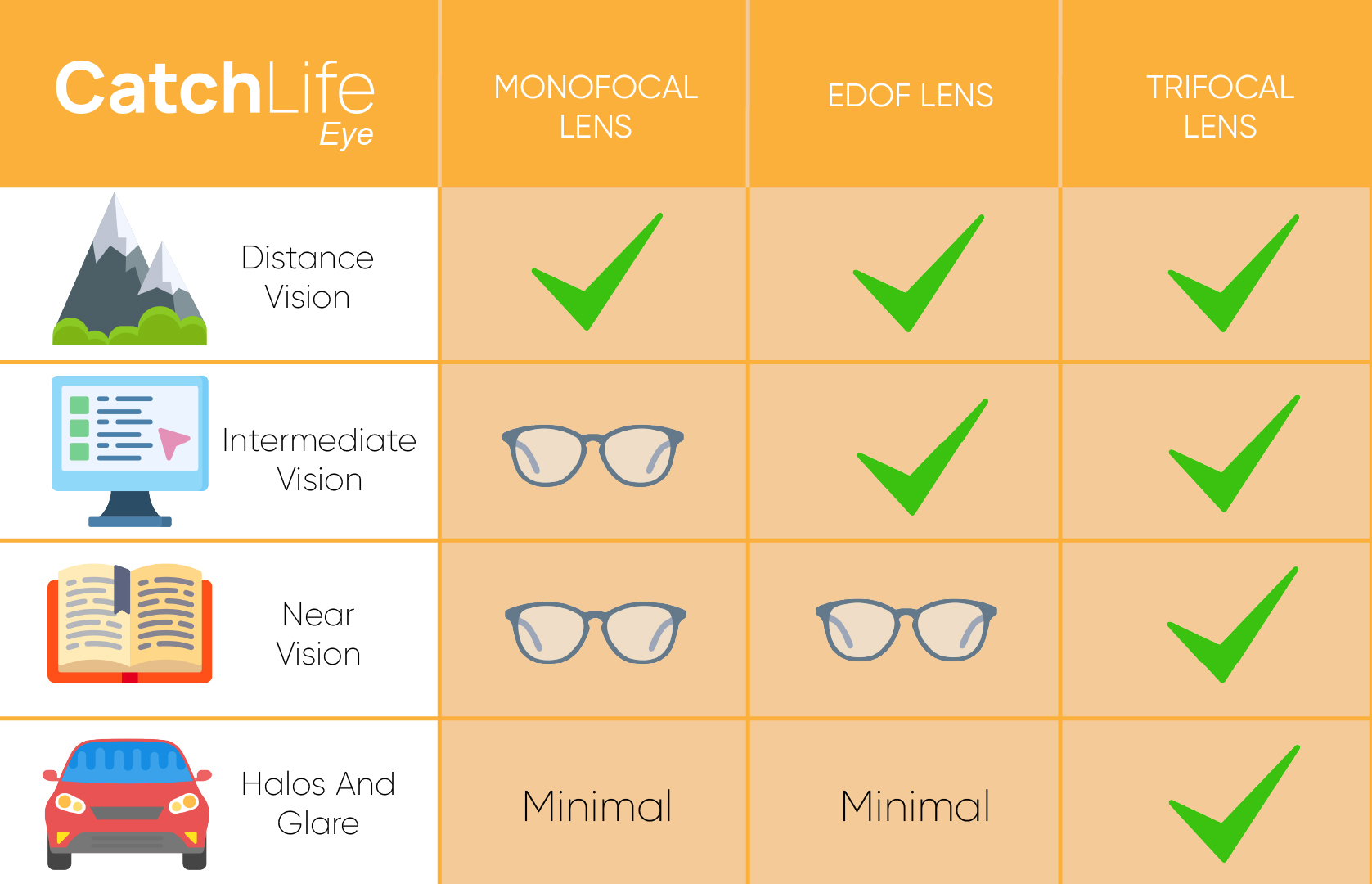
Refractive Lens Exchange (RLE), an advanced surgical procedure that can help you achieve clearer vision and reduce your dependence on glasses or contact lenses. If you’re tired of constantly relying on corrective eyewear, RLE may be a great option for you. In this page, we’ll cover everything you need to know about RLE, including what it is, its benefits and disadvantages, who is a good candidate for the procedure, what to expect during the procedure and recovery, and whether RLE is right for you.
What Is Refractive Lens Exchange (RLE)?
Refractive Lens Exchange, also known as clear lens exchange, is a surgical procedure that replaces the natural lens of the eye with an artificial intraocular lens. This procedure is typically used to treat presbyopia, a common age-related condition that affects near vision. During the RLE procedure, the natural lens is removed and replaced with an artificial lens that is customized to your individual needs, providing improved vision at all distances.
Benefits Of Refractive Lens Exchange (RLE)
Refractive Lens Exchange (RLE) or Intraocular Lens Replacement is a surgical procedure that replaces the eye’s natural lens with an artificial intraocular lens (IOL) to correct refractive errors such as nearsightedness, farsightedness, and astigmatism. Some of the benefits of RLE include:
• RLE can correct a wide range of refractive errors, including severe nearsightedness, farsightedness, and astigmatism.
• Unlike LASIK and other laser vision correction procedures, RLE is a permanent solution to vision problems.
• RLE can also correct presbyopia, a condition that causes difficulty with near vision as you age.
• RLE can improve not only your vision, but also your overall quality of life by reducing your reliance on glasses and contacts.
• May prevent future cataract development
Disadvantages Of Refractive Lens Exchange (RLE)
Like any surgical procedure, RLE has its risks and potential disadvantages. Some of these include:
• RLE is a more invasive procedure than LASIK or other vision correction procedures, and carries a higher risk of complications including bleeding, infection
• RLE carries a risk of complications such as glare, halos, and reduced contrast sensitivity.
• As with any surgery, there is a period of recovery after RLE during which you may experience discomfort or other side effects.
• RLE is not recommended for everyone, including individuals with certain eye conditions or health problems. It is important to discuss your individual situation with a qualified eye doctor to determine if RLE is a good option for you.
Who Is A Good Candidate For Refractive Lens Exchange (RLE)?
RLE may be a good option for individuals who are over the age of 40 and have presbyopia or other refractive errors. Additionally, you should be in good overall health, with no underlying medical conditions that may affect the healing process. During your consultation with our surgeon, Dr. Selim Güldiken, he will evaluate your eyes and medical history to determine whether RLE is the best option for you.
What To Expect During Refractive Lens Exchange (RLE)?
At CatchLife Eye, we use the phaco (phacoemulsification) method to perform RLE. This involves creating a small incision in the eye and inserting a tiny ultrasound probe to break up and remove the natural lens. Once the lens is removed, a new intraocular lens (IOL) is inserted through the same incision and carefully positioned to provide clear vision. Prior to the procedure, our surgeon will conduct a thorough eye exam to determine the best type of IOL for your needs. The entire RLE procedure typically takes around 30 minutes per eye and is performed on an outpatient basis. Our team uses the latest technology and techniques to ensure the most precise and effective results for our patients.
What To Expect During The Recovery?
After the RLE procedure, you may experience some mild discomfort or sensitivity in your eyes, but this should subside within a few days. After your final checkup with our surgeon Dr. Selim Güldiken, our coordinator will stay in touch with you to provide support throughout your recovery process. You should also avoid strenuous activities, swimming, make-up and rubbing your eyes for a few weeks after the procedure.
Is Refractive Lens Exchange (RLE) Right For You?
If you’re looking for a permanent solution to presbyopia or other refractive errors and are in good overall health, RLE may be the right option for you. However, it’s important to discuss your options with Dr. Selim Güldiken and consider the potential risks and benefits before making a decision. During your consultation, he will evaluate your eyes and medical history to determine whether RLE is the best option for your unique needs and goals. The ideal candidate for RLE is a patient who:
Like any surgical procedure, RLE has its risks and potential disadvantages. Some of these include:
• Is over 40 years old
• Has a high degree of nearsightedness, farsightedness, or astigmatism
• Has a thin or irregular cornea that cannot withstand LASIK or other laser procedures
• Has age-related vision changes such as presbyopia (difficulty reading up close)
• It is important to note that only a comprehensive eye exam and consultation with an experienced eye surgeon can determine if RLE is the best option for a patient.
• Has cataracts

Lens Types For RLE
There are several types of lenses that can be used for RLE, each with its own advantages and disadvantages. The most common types of lenses used for RLE include:
Monofocal Lenses: These lenses are designed to provide clear vision at a specific distance, usually for distance vision. Patients may still need glasses for reading or up-close tasks.
EDOF (Extended Depth Of Focus) Lenses: These lenses are designed to provide clear vision at distance and intermediate distances, such as computer work or reading a menu. While they may reduce the need for glasses, patients may still require glasses for reading or up-close tasks.
Trifocal Lenses: These lenses are designed to provide clear vision at distance, intermediate distances, and up-close tasks such as reading. While they may provide the most comprehensive vision correction, they may also increase the risk of halos and glare, especially at night or in low-light conditions.
During your consultation with Dr. Selim Güldiken, he will discuss the various lens options available and help you determine which type of lens is best suited for your unique needs and lifestyle.
Choosing The Best Brand Of Lenses For Refractive Lens Exchange
At CatchLife Eye, we only use the highest quality intraocular lenses (IOLs) from trusted brands such as Johnson & Johnson, Alcon, and Rayner. These lenses are made of advanced materials that provide clear and crisp vision while also minimizing the risk of complications such as glare, halos, and other visual disturbances. During your consultation with Dr. Selim Güldiken, he will evaluate your eyes and determine which type of lens is best suited for your unique needs and goals. With our commitment to using the latest technology and the best available products, you can trust that you are in good hands at CatchLife Eye.
F.A.Q.
1- Is RLE A Safe Procedure?
Like all surgical procedures, RLE carries some risks. However, with proper screening and selection of patients, as well as careful attention to preoperative and postoperative care, the risks of RLE can be minimized. At CatchLife Eye, our experienced surgeon and staff prioritize patient safety and use advanced techniques and technology to ensure the best possible outcomes.
2- How Long Does The RLE Procedure Take?
The RLE procedure typically takes about 15-20 minutes per eye.
3- Is RLE Painful?
No, RLE is typically performed under local anesthesia and patients do not experience any pain during the procedure. Some discomfort or mild soreness may be experienced after the surgery, but this can be managed with over-the-counter pain medication.
4- How Long Is The Recovery Process After RLE?
Most patients can resume normal activities within a few days after the RLE procedure, but full recovery can take up to several weeks. Patients will be advised to avoid strenuous activities, heavy lifting, and rubbing their eyes during the healing process.
5- Will I Still Need Glasses Or Contacts After RLE?
In most cases, patients will not need glasses or contacts after RLE. However, some patients may still require reading glasses or glasses for certain activities.
6- How Long Do The IOLs Last?
The IOLs used in RLE are designed to last a lifetime.
7- What Are The Risks Associated With RLE?
Yes, RLE can be performed on both eyes at the same time but at CatchLife Eye we prefer to wait one day between each eye to ensure optimal safety and outcomes. This allows our experienced surgeon, Dr. Selim Güldiken, to carefully monitor your progress and ensure that each eye is healing properly before moving on to the next. This approach helps to minimize the risk of complications and maximize the chances of a successful outcome.
8- Can RLE Be Performed On Both Eyes At The Same Time?
To minimize the risk of infection and allow the eyes to properly heal after LASIK, we recommend that you avoid wearing makeup for at least one month after the procedure. This includes eye makeup such as mascara, eyeliner, and eye shadow. Additionally, it’s important to avoid using any facial creams or lotions around the eyes for the first few weeks after the procedure. Following these guidelines will help to ensure the best possible results and minimize the risk of complications.
9- What Is The Difference Between Cataract Surgery And RLE?
Cataract surgery and RLE are similar procedures, but there are some key differences. Cataract surgery is performed to remove a cloudy or damaged lens, while RLE is performed to correct refractive errors or presbyopia by replacing the natural lens with an artificial intraocular lens.
10- What Are The Best Lenses For Halos And Glares After RLE?
The choice of intraocular lens (IOL) can play a significant role in reducing halos and glares after RLE. At CatchLife Eye, we offer a range of premium IOLs from reputable brands such as Johnson & Johnson, Alcon, and Rayner. One of the newest and most promising IOLs for reducing halos and glares is the Alcon PanOptix trifocal lens. This lens is designed to provide clear distance, intermediate, and near vision, while also minimizing the appearance of halos and glares. During your consultation with Dr. Selim Güldiken, he will evaluate your vision and discuss your options for IOLs, including the Alcon PanOptix lenses, to help determine the best choice for your individual needs and goals.
11- When Can I Start Driving?
After undergoing RLE, it’s important to follow your surgeon’s instructions closely regarding when you can resume driving. We typically advise patients to wait at least a week before driving, as this allows time for your eyes to heal and stabilize. However, it’s important to note that everyone’s recovery is unique, and some patients may need more time before they feel comfortable driving again.Additionally, we recommend that patients exercise caution when driving at night or in low light conditions, as halos and glare can be a temporary side effect of RLE. It’s best to wait until your vision has fully stabilized before driving in these conditions. As always, if you have any concerns or questions about your recovery or driving, please don’t hesitate to contact us.